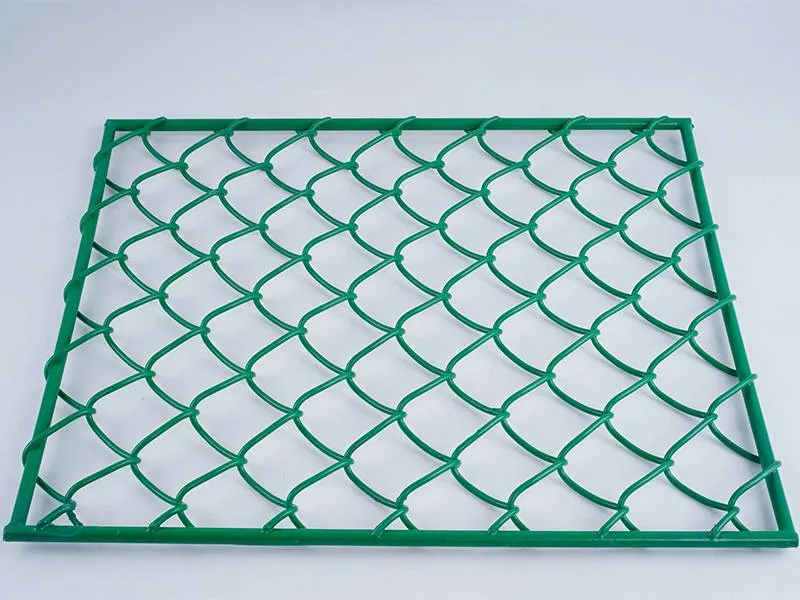- Industrial zone, South of Anping Town, Hengshui, Hebei, China.
- sales@hfpetromesh.com
- +86-18931809706
 Afrikaans
Afrikaans  Albanian
Albanian  Amharic
Amharic  Arabic
Arabic  Armenian
Armenian  Azerbaijani
Azerbaijani  Basque
Basque  Belarusian
Belarusian  Bengali
Bengali  Bosnian
Bosnian  Bulgarian
Bulgarian  Catalan
Catalan  Cebuano
Cebuano  Corsican
Corsican  Croatian
Croatian  Czech
Czech  Danish
Danish  Dutch
Dutch  English
English  Esperanto
Esperanto  Estonian
Estonian  Finnish
Finnish  French
French  Frisian
Frisian  Galician
Galician  Georgian
Georgian  German
German  Greek
Greek  Gujarati
Gujarati  Haitian Creole
Haitian Creole  hausa
hausa  hawaiian
hawaiian  Hebrew
Hebrew  Hindi
Hindi  Miao
Miao  Hungarian
Hungarian  Icelandic
Icelandic  igbo
igbo  Indonesian
Indonesian  irish
irish  Italian
Italian  Japanese
Japanese  Javanese
Javanese  Kannada
Kannada  kazakh
kazakh  Khmer
Khmer  Rwandese
Rwandese  Korean
Korean  Kurdish
Kurdish  Kyrgyz
Kyrgyz  Lao
Lao  Latin
Latin  Latvian
Latvian  Lithuanian
Lithuanian  Luxembourgish
Luxembourgish  Macedonian
Macedonian  Malgashi
Malgashi  Malay
Malay  Malayalam
Malayalam  Maltese
Maltese  Maori
Maori  Marathi
Marathi  Mongolian
Mongolian  Myanmar
Myanmar  Nepali
Nepali  Norwegian
Norwegian  Norwegian
Norwegian  Occitan
Occitan  Pashto
Pashto  Persian
Persian  Polish
Polish  Portuguese
Portuguese  Punjabi
Punjabi  Romanian
Romanian  Russian
Russian  Samoan
Samoan  Scottish Gaelic
Scottish Gaelic  Serbian
Serbian  Sesotho
Sesotho  Shona
Shona  Sindhi
Sindhi  Sinhala
Sinhala  Slovak
Slovak  Slovenian
Slovenian  Somali
Somali  Spanish
Spanish  Sundanese
Sundanese  Swahili
Swahili  Swedish
Swedish  Tagalog
Tagalog  Tajik
Tajik  Tamil
Tamil  Tatar
Tatar  Telugu
Telugu  Thai
Thai  Turkish
Turkish  Turkmen
Turkmen  Ukrainian
Ukrainian  Urdu
Urdu  Uighur
Uighur  Uzbek
Uzbek  Vietnamese
Vietnamese  Welsh
Welsh  Bantu
Bantu  Yiddish
Yiddish  Yoruba
Yoruba  Zulu
Zulu
- Afrikaans
- Albanian
- Amharic
- Arabic
- Armenian
- Azerbaijani
- Basque
- Belarusian
- Bengali
- Bosnian
- Bulgarian
- Catalan
- Cebuano
- Corsican
- Croatian
- Czech
- Danish
- Dutch
- English
- Esperanto
- Estonian
- Finnish
- French
- Frisian
- Galician
- Georgian
- German
- Greek
- Gujarati
- Haitian Creole
- hausa
- hawaiian
- Hebrew
- Hindi
- Miao
- Hungarian
- Icelandic
- igbo
- Indonesian
- irish
- Italian
- Japanese
- Javanese
- Kannada
- kazakh
- Khmer
- Rwandese
- Korean
- Kurdish
- Kyrgyz
- Lao
- Latin
- Latvian
- Lithuanian
- Luxembourgish
- Macedonian
- Malgashi
- Malay
- Malayalam
- Maltese
- Maori
- Marathi
- Mongolian
- Myanmar
- Nepali
- Norwegian
- Norwegian
- Occitan
- Pashto
- Persian
- Polish
- Portuguese
- Punjabi
- Romanian
- Russian
- Samoan
- Scottish Gaelic
- Serbian
- Sesotho
- Shona
- Sindhi
- Sinhala
- Slovak
- Slovenian
- Somali
- Spanish
- Sundanese
- Swahili
- Swedish
- Tagalog
- Tajik
- Tamil
- Tatar
- Telugu
- Thai
- Turkish
- Turkmen
- Ukrainian
- Urdu
- Uighur
- Uzbek
- Vietnamese
- Welsh
- Bantu
- Yiddish
- Yoruba
- Zulu
Understanding the Mechanics of Swage-Locked Grating for Enhanced Structural Performance
Swage-Locked Grating A Cutting-Edge Solution in Optical Engineering
In the ever-evolving field of optical engineering, innovations continue to push the boundaries of what's possible. Among these advancements, swage-locked gratings have emerged as a significant development, offering enhanced performance and stability for a variety of applications, including telecommunications, spectroscopy, and sensing technologies.
A swage-locked grating is a specialized optical component that utilizes a unique locking mechanism to ensure that the grating remains firmly in place under varying environmental conditions. This technology involves the application of force to ‘swage’ the grating material into a precise position, thereby eliminating the risk of movement or misalignment that can occur with traditional mounting methods. The result is a grating that exhibits superior wavelength stability and consistent performance across a broad spectrum of uses.
One of the most notable advantages of swage-locked gratings is their ability to maintain high-resolution performance in demanding applications. In telecommunications, for instance, accuracy in wavelength division multiplexing (WDM) is critical for efficient data transmission. Swage-locked gratings ensure that signals maintain fidelity over long distances, reducing the likelihood of distortion that can compromise communication quality.
Moreover, the robust construction of swage-locked gratings makes them exceptionally resilient against environmental stressors
. This is particularly advantageous in industrial and field applications where temperature fluctuations, vibrations, and physical impacts are common. By minimizing the effects of such variables, these gratings can extend the lifespan of optical systems and reduce maintenance costs.swage-locked grating

Another area where swage-locked gratings shine is in spectroscopic applications. The precision and stability they provide allow for more accurate readings in spectrometers, enhancing the ability to identify chemical compounds and analyze samples effectively. Researchers can rely on these gratings for superior performance, which is essential in disciplines ranging from environmental science to pharmaceuticals.
In addition to their technical advantages, swage-locked gratings also contribute to overall design efficiency. Their compact and lightweight nature facilitates easier integration into various optical systems, making them an ideal choice for both new designs and retrofits.
As the demand for advanced optical components grows, swage-locked gratings are poised to play an integral role in the development of next-generation optical systems. Their ability to combine precision, stability, and adaptability positions them as a pivotal solution for engineers and scientists alike, driving forward innovations in how we interact with light.
In conclusion, swage-locked gratings are reshaping the landscape of optical engineering, providing a reliable and high-performance option for a multitude of applications. As technology continues to advance, the adoption of such innovative solutions will undoubtedly lead to more efficient, accurate, and effective optical systems, pushing the frontiers of what is achievable in this dynamic field.
-
Welded Steel Bar Grating: The Rugged Industrial Flooring Solution Built for Load and LongevityNewsJun.24,2025
-
Steel Walkway Grating: Reliable, Resilient, and Built for Every StepNewsJun.24,2025
-
Shale Shaker Screen for Sale: Optimize Drilling Efficiency with Precision Screening PowerNewsJun.24,2025
-
Shaker Screen for Sale: Elevate Your Drilling Efficiency with Durable Separation SolutionsNewsJun.24,2025
-
Press Locked Steel Grating: Industrial Strength with Precision Fit for Heavy-Duty ApplicationsNewsJun.24,2025
-
Perimeter Safety Netting: The Critical Safety Upgrade for Every HelipadNewsJun.24,2025